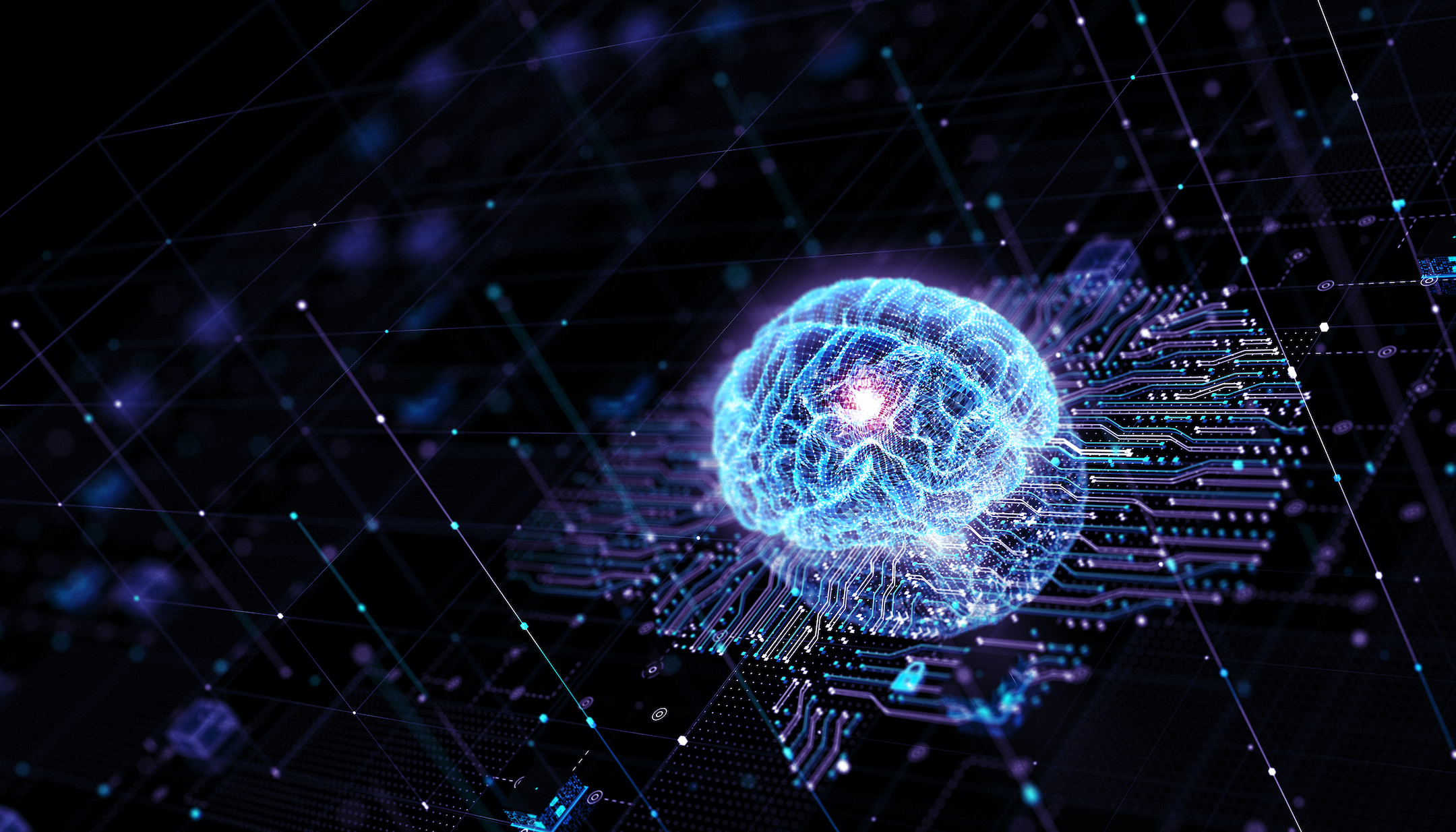Machine Learning vs Deep Learning Applications: Powering the Future
The world is becoming increasingly reliant on data. From the sensors in our smartphones to the complex machinery on factory floors, data is being generated at an unprecedented rate. This data holds immense potential, but unlocking its secrets requires sophisticated tools. Machine learning (ML) and deep learning (DL) are two powerful approaches that empower computers to learn from data and make intelligent decisions. While both fall under the umbrella of artificial intelligence (AI), they have distinct characteristics and applications.
Demystifying Machine Learning
Machine learning algorithms are essentially computer programs that can learn and improve their performance on a specific task without explicit programming. They achieve this by analyzing large datasets and identifying patterns and relationships within the data. These patterns then make predictions or classifications on new, unseen data.
For instance, in a manufacturing setting, a developer can train an ML algorithm on historical data of machine sensor readings and maintenance logs. By analyzing patterns in these readings, the algorithm can predict when a machine is likely to fail, enabling preventive maintenance and reducing downtime.
Here are some key characteristics of machine learning:
Focuses on specific tasks: ML algorithms are typically designed for a well-defined task, such as classification (e.g., spam email detection) or regression (e.g., predicting sales figures).
Relies on feature engineering: In many cases, ML algorithms require human intervention to identify and extract relevant features (characteristics) from the data before learning can begin.
Interpretability: The decision-making process of some ML algorithms is relatively transparent, allowing humans to understand the factors influencing the algorithm’s predictions.
Machine Learning Applications in Action
Across various industries, machine learning is making a significant impact. Here are a few examples:
Manufacturing: Predictive maintenance, anomaly detection in production lines, optimizing production processes.
Construction: Progress monitoring on construction sites using drone footage and image recognition, identifying safety hazards from images.
Medical Diagnosis: Assisting doctors with medical image analysis (e.g., X-rays, MRIs) for early disease detection.
Retail: Recommending products to customers based on their purchase history and browsing behavior, optimizing inventory management.
Safety and Logistics: Identifying potential security threats in video footage, optimizing delivery routes and logistics planning.
Deep Learning Applications: Diving Deeper
Deep learning, a subfield of machine learning, takes inspiration from the structure and function of the human brain. It utilizes artificial neural networks (ANNs) – complex, interconnected layers of algorithms that process information in a similar way to how biological neurons transmit signals. Furthermore, these ANNs are trained on massive amounts of data, allowing them to learn intricate patterns and relationships that may be invisible to traditional ML algorithms.
One of the key strengths of deep learning is its ability to handle unstructured data, such as images, video, and natural language. This makes deep learning applications particularly powerful in tasks that require a high degree of understanding and interpretation.
Here are some key characteristics of deep learning:
Focuses on complex tasks: Deep learning excels at tasks that require pattern recognition in unstructured data, such as image classification (e.g., identifying objects in a photograph) or natural language processing (e.g., understanding the meaning of a sentence).
Automatic feature extraction: Unlike ML, deep learning algorithms can automatically learn and extract features from the data during the training process, reducing the need for human intervention.
Black box nature: The decision-making process of deep learning models can be complex and non-linear, making it more challenging to interpret the specific factors influencing their outputs.
Deep Learning Applications Powering Innovation
Deep learning is revolutionizing various industries by enabling computers to perform tasks that were once considered the exclusive domain of human intelligence. Here are some examples:
Manufacturing: Automated visual inspection of products for quality control, defect detection in welds and other critical components.
Construction: 3D modeling and site planning from drone footage, automated construction equipment using real-time sensor data.
Medical: Developing personalized treatment plans based on medical images and patient data, analyzing medical records to identify potential health risks.
Retail: Automated checkout systems using facial recognition and object detection, analyzing customer sentiment from social media data.
Safety and Logistics: Self-driving cars and autonomous robots that can navigate complex environments using deep learning for object detection and obstacle avoidance.
Unleashing the Power of AI: Next Steps for Your Business
Machine learning and deep learning are like two sides of the same coin, each with unique strengths that can be harnessed to unlock the hidden potential within your data. For example, from optimizing factory floors to revolutionizing medical diagnostics, these powerful tools are transforming industries at an unprecedented pace. By understanding the ideal situations for each approach, you can make informed decisions about the best path forward for your business.
Ready to leverage the power of AI and explore how machine learning or deep learning can propel your business to new heights? Contact Lunar Eye today. Our team of experts can guide you through the process, assess your specific needs, and develop a customized AI solution that delivers real-world results. Lunar Eye is at the forefront of computer vision innovation, and we’re here to be your partner in navigating the exciting world of AI.
